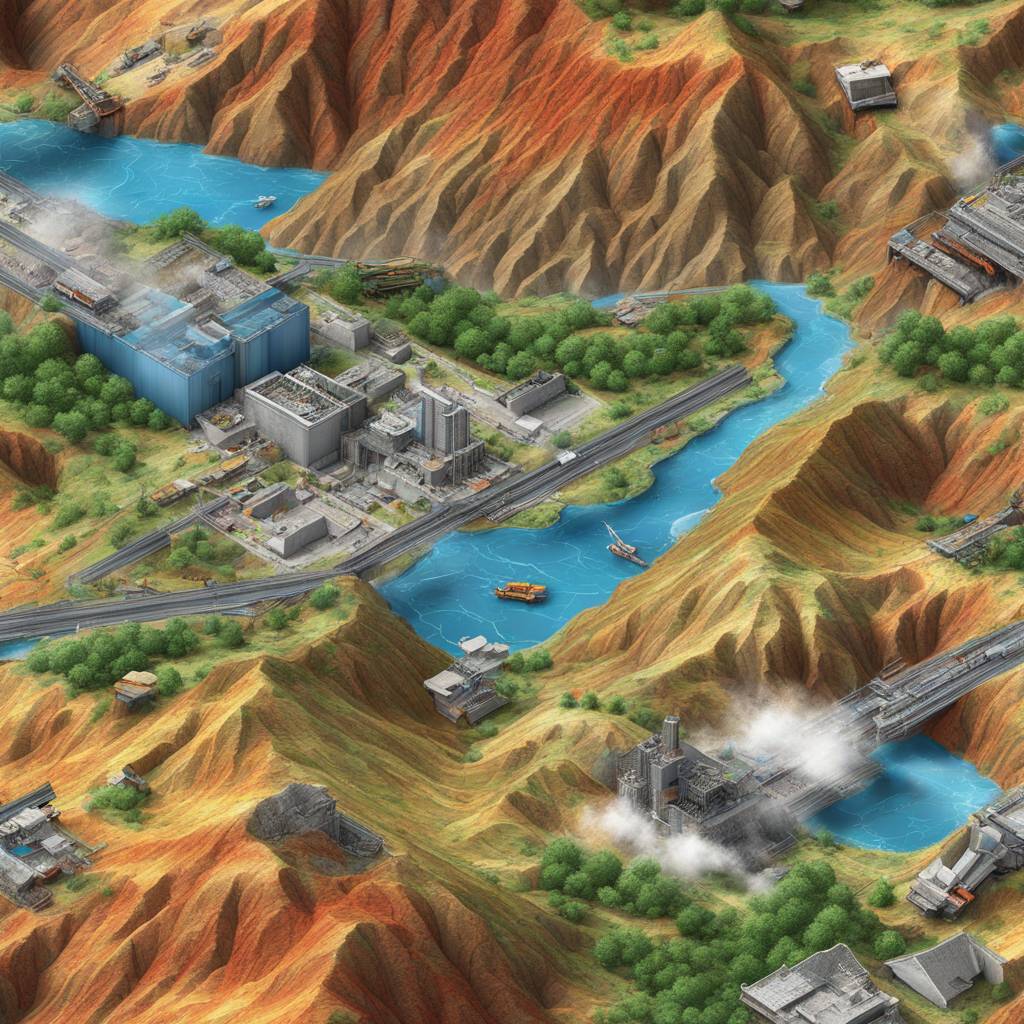Granular materials, including sand, soil, flour, and other solid substances made up of individual pieces, are abundant on Earth and play a crucial role in various natural and industrial processes. The way these materials move and respond to external forces can have significant consequences, such as triggering landslides or controlling the flow of materials in industrial settings. However, analyzing these flow events has been challenging, with most research limited to two-dimensional experiments that do not provide a full understanding of granular behavior.
To address this limitation, researchers at MIT have developed a method for conducting detailed 3D experiments to study how forces are transmitted through granular materials and how different grain shapes can impact outcomes. This innovative approach has the potential to enhance our understanding of landslide triggers and provide insights into controlling the flow of granular materials in various applications. The findings of this research are published in the journal PNAS, authored by MIT professor Ruben Juanes and researcher Wei Li, who is now a faculty member at Stony Brook University.
The study focused on understanding why a pack of angular particles is stronger than a pack of spheres, providing a microscopic explanation for this phenomenon. By revealing the internal stresses in granular materials and how loads are applied in a fully three-dimensional system, the researchers gained valuable insights into the behavior of these materials. This knowledge can help in predicting material failure and designing more stable structures, such as railroad beds or breakwaters, by analyzing the distribution of forces within the material.
The method developed by the researchers involves using photoelastic particles that change color and brightness under stress, allowing for visualization of stress changes in real time. By combining photoelasticity with computed tomography imaging, the researchers were able to reconstruct a full 3D image of the force chains within the granular material. This innovative approach provides a new way to study stress changes in granular materials and opens up possibilities for various applications beyond geophysical research.
The ability to observe 3D force chains in granular materials is crucial for making accurate predictions about events like landslides and understanding the stability of structures composed of granular materials. While there is still work to be done in developing the method for making precise predictions, the potential impact of this technique on various fields is significant. The researchers believe that the method could be applied to studying a wide range of grain types and could have implications in areas as diverse as fish biology and robotics.
Overall, this research represents a significant advancement in the study of granular materials and their behavior under stress. By developing a method for conducting detailed 3D experiments, the researchers have provided new insights into how forces are transmitted through granular materials and how different grain shapes impact strength and stability. This work has the potential to revolutionize our understanding of granular materials and could have broad implications in geophysics, engineering, and other fields.













